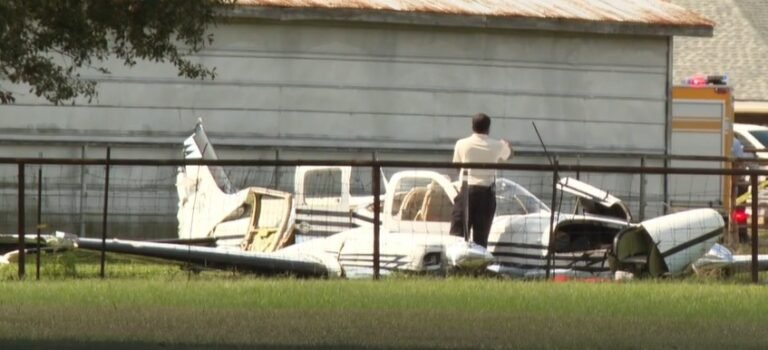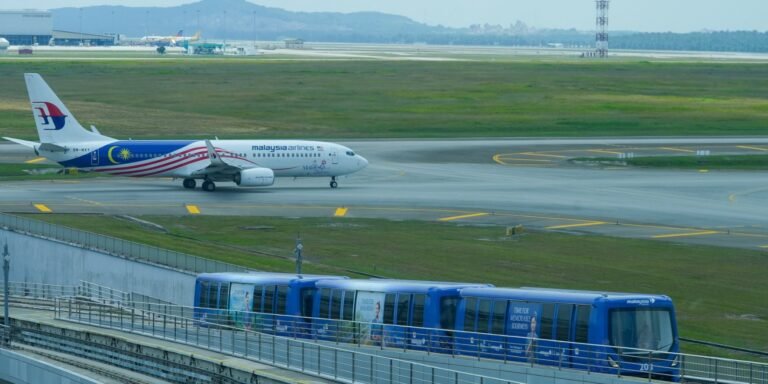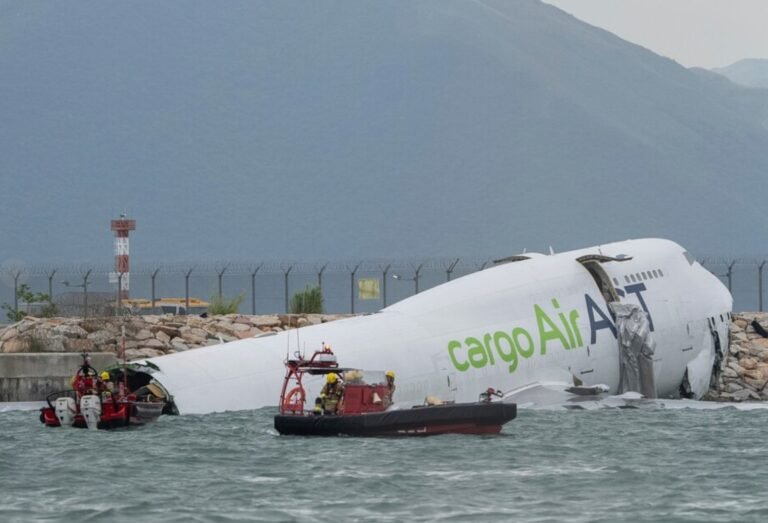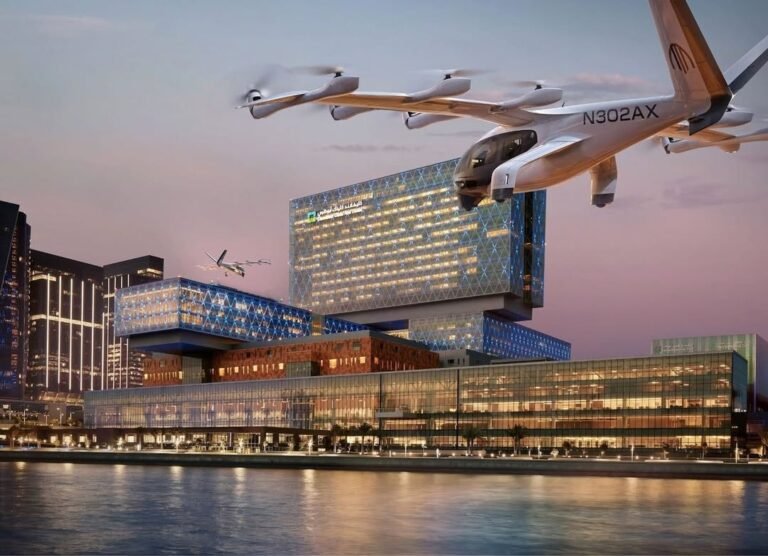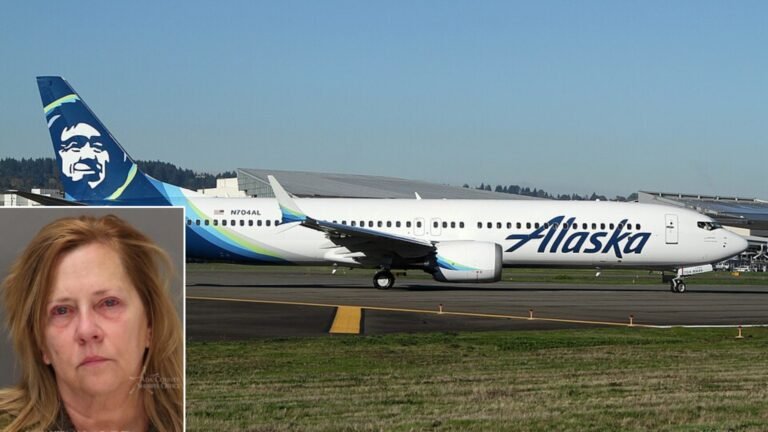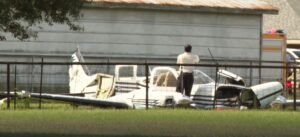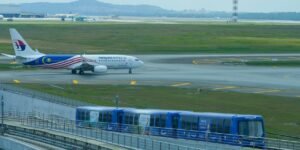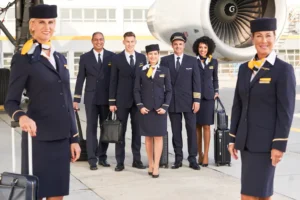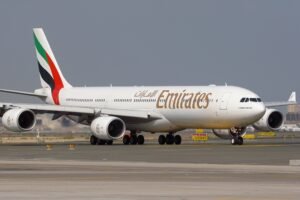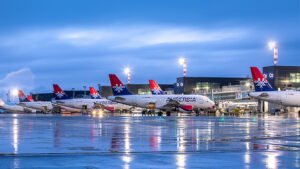Picture Credits: SriLankan Airlines
Colombo, Sri Lanka: In a significant step toward reviving its long-haul capabilities, SriLankan Airlines has taken delivery of its first widebody aircraft in over seven years. The Airbus A330-200, bearing registration 4R-ALT, landed at Bandaranaike International Airport on June 3 and is expected to enter service within weeks.
The newly acquired aircraft has been leased for a period of eight years from Carlyle Aviation Partners. Though nearly 14 years old, the twin-aisle jet is expected to play a pivotal role in the airline’s interim fleet strategy. Configured in a two-class layout with a total of 260 seats, the A330-200 previously operated under Garuda Indonesia and South Korea’s Fly Gangwon.
The lease agreement, reportedly valued at USD 275,000 per month, reflects SriLankan’s current approach to balance operational needs with financial constraints. The airline had previously faced challenges with its long-haul fleet, including engine issues and the cancellation of newer aircraft orders, which led to reduced connectivity on major international routes.
According to airline officials, the latest widebody addition is the first of at least three aircraft SriLankan aims to induct in the near term. The management has initiated talks to lease two more widebody jets by the end of 2025. These aircraft are expected to support the reopening of long-haul routes that were suspended over the past few years, including services to Beijing, key cities in Australia, and parts of East Africa.
The arrival of 4R-ALT marks the beginning of what the airline describes as a “measured rebuilding process.” In its latest five-year strategic plan submitted to the Sri Lankan government, SriLankan Airlines has outlined its ambition to double its current fleet by 2030. The expansion plan is expected to include a mix of widebody and narrowbody aircraft, with an emphasis on operational sustainability and route profitability.
The announcement comes days after an unrelated incident involving SriLankan Airlines Flight UL306, which was en route from Colombo to Singapore on June 5 when it experienced a technical fault mid-flight. The aircraft was diverted and safely landed at Kuala Namu International Airport in Medan, Indonesia. All passengers and crew were reported safe, and a relief flight was arranged to continue the journey to Singapore on June 6.
SriLankan Airlines currently operates a modest fleet, with several aircraft approaching the upper limits of their service life. As the national carrier navigates a path toward financial recovery and increased regional competition, the arrival of widebody aircraft such as the A330-200 is expected to be instrumental in restoring long-haul operations and rebuilding passenger confidence.
While challenges remain, the strategic focus on fleet renewal and route expansion signals a forward-looking approach for Sri Lanka’s flag carrier as it attempts to reassert its presence in the international aviation market.





